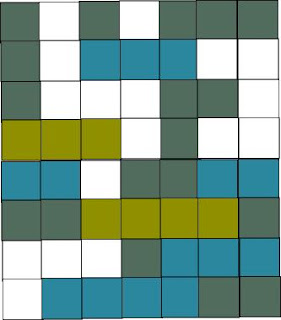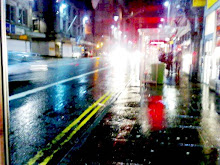
Have been reading an interesting article on Augmented Reality written by James R Vallino that looks at the aspects of it and how it can be utilised. This has now got me thinking further about where my installation can go, and I have started to consider the aspect of eye tracking or face recognition and the possiblity of users being able to take part in a large interactive illusion. Possibly using cameras and sensors running through MaxMSP with face recognition and once tracked then somehow the users can distort other participants views or visual perceptions.......hmmmm. This one needs a bit more thought and time....










